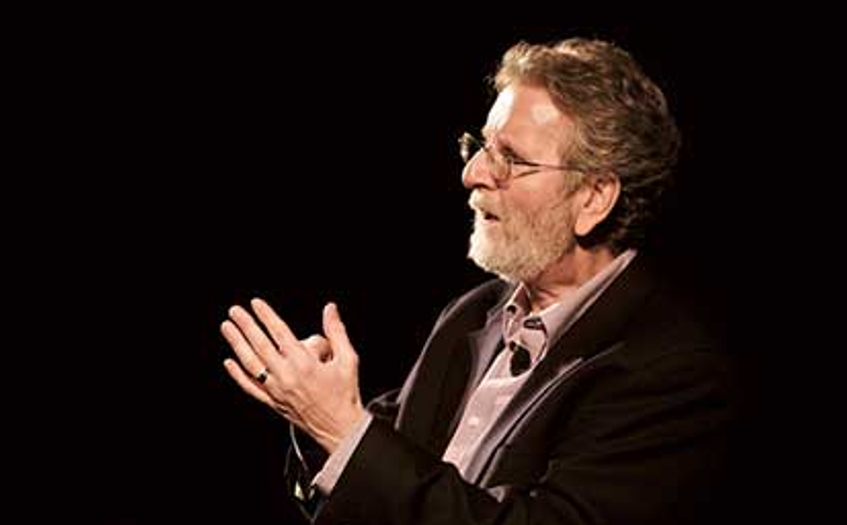Would you like your stories to be as dramatic and emotional as a Hollywood movie?
Michael Hauge has been one of Hollywood’s top coaches and story experts and has worked with countless screenwriters, novelists and filmmakers on projects starring (among many others) Will Smith, Morgan Freeman, Julia Roberts, Tom Cruise, and Reese Witherspoon.
At a book marketing conference hosted by Indie Publishing International where we were both speakers, he shared his 6-Step Success Stories™ formula and gave me permission to share it with my readers:
Michael Hauge’s 6-Step Success Stories™ Process:
- Setup – The “before” picture of your hero’s everyday life. Select either yourself or a successful client as the hero. Picture details of this hero’s life before encountering your principles. Create empathy through conflict: sympathy, jeopardy, likability and/or a special skill. Reveal how your hero is stuck or tolerating a bad situation.
- Crisis – The event that moves the hero to action. Define a problem to be solved. Your hero asks questions and explores options, and establishes a visible goal your hero must achieve.
- Pursuit – Hero begins employing your process or product. Show details of at least two steps your hero takes. Include the ways you guided your hero to success. This gives potential customers the emotional experience of working with you and applying your principles.
- Conflict – The source of emotion in your story. This shows the obstacles and fears your hero had to overcome by using your system. These are obstacles and fears your potential clients already anticipate.
- Climax – Vividly portray your hero’s movement of success and victory. Detail the moment your hero crossed the finish line and achieved the visible goal. Include physical and emotional reactions of your hero and the reactions of loved ones.
- Aftermath – Show your hero reaping the rewards of your service. Match the qualities of life your potential buyers want for themselves.
“Add dialog and detail to create a movie in the mind of your audiences or readers,” he said.
“Stories tap into the emotional state. Stories create connection,” he said. “People put themselves into the story. They become the character.”
For more information, please read Michael’s book, Storytelling Made Easy.


Leave A Comment